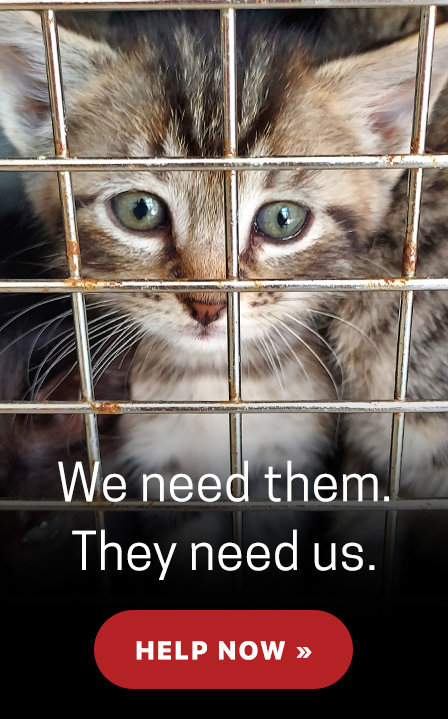As many of us know, leaving a pet in a parked vehicle can be life-threatening in hot weather. But did you know that even when it’s a comfortable 70 degrees outside, temperatures inside of a parked car can soar to dangerous levels in just minutes—exposing animals to serious risks of discomfort, illness and even death?
Heat exposure affects animals differently than humans and not only inside of hot cars. Dogs and other pets can quickly become dehydrated and overheated in just a matter of minutes while taking a walk or by just simply playing outside.
If you’re a dog owner, you may already recognize when your pet needs to take a break from the heat. Animal experts at American Humane encourage animal lovers to learn all the signs and symptoms of an overheated animal and what to do to keep your canine companion cool.
Why is leaving a dog in a parked car so dangerous on a hot, or even warm day?
It is never acceptable to leave a pet in a hot car, even if the windows are cracked. Temperatures inside can rise to deadly levels in just minutes, putting your dog (or another animal) at risk of heat stroke and even death. Thousands of dogs a year suffer from heat stroke and many die because their owners aren’t fully informed of the dangers of a hot car.
What do I do if I come across a distressed dog in a parked car on a hot day?
If you find a dog in a hot car, you need to act fast. Call local law enforcement and relay the exact location of the care with its color, make, model and license plate number. The person you speak with might offer instructions on what to do next based on their estimated time of arrival. Wait with the dog until the authorities arrive.
How about walking and exercising my dog in the hot weather?
Summer is here, and you probably want to bring your dog outdoors for some fresh air, sunlight and exercise, but warmer temperatures can create certain hazards for your pet, including overheating and dehydration. Try limiting your dog exercising activities to the early morning or late evening hours.
Another way to keep your dog cooler is to take breaks between dog exercising sessions or take very short walks. You should always have a water bottle and a collapsible dog travel bowl with you during outdoor dog exercising activities so your dog has access to fresh water. During the summertime, outdoor surfaces can get extremely hot. Asphalt can heat up fast and can even burn your pet’s paw pads. It is important to test if the surface you’re walking on is too hot for your dog’s paws. Take your hand and place it on the surface. If you can’t hold your hand to the surface for more than five seconds, it’s too hot for your dog to walk on.
What are the signs of heat stroke in a dog?
Many dogs will stop walking or seek shady spots to rest if they’re overexerted. Look for signs of distress, such as excessive yawning or blinking, panting or signs of dehydration, such as dry, tacky gums. Other signs to watch out for include vomiting and diarrhea or bright red gums or tongue.
If you sense that your dog is overheating, get him into an air-conditioned or cool building as soon as possible. Offer your dog a bowl of cool water to drink, however, serve your dog small servings of water at a time. If he swallows a significant quantity of water in a short period of time, he could get sick and end up vomiting. If your dog appears to be severely dehydrated, contact your vet at once. Serious dehydration is a medical emergency, which you don’t want to take lightly.
What are some simple tips on how to check my dog for dehydration?
The “skin tent test” is an easy way to test for possible dehydration. Gently pinch the skin over your dog’s shoulder, pull the skin away from his body and then release it. The skin will slide right back into place if your dog is properly hydrated, but it will remain “tented” or return very slowly if your dog is dehydrated.
You can also pull back your dog’s lips and press on his gums with one finger. Do so gently but use enough force that the area turns white when you release the pressure. Then, measure the length of time it takes for the color to come back. Typically, if the color takes more than one and a half seconds to come back, it means your dog may be dehydrated. If your dog appears to be severely dehydrated, contact your veterinarian immediately.
Summer with your pets can be a picnic if you follow these simple tips and remember that hot dogs belong on the grill, and not in your car!

